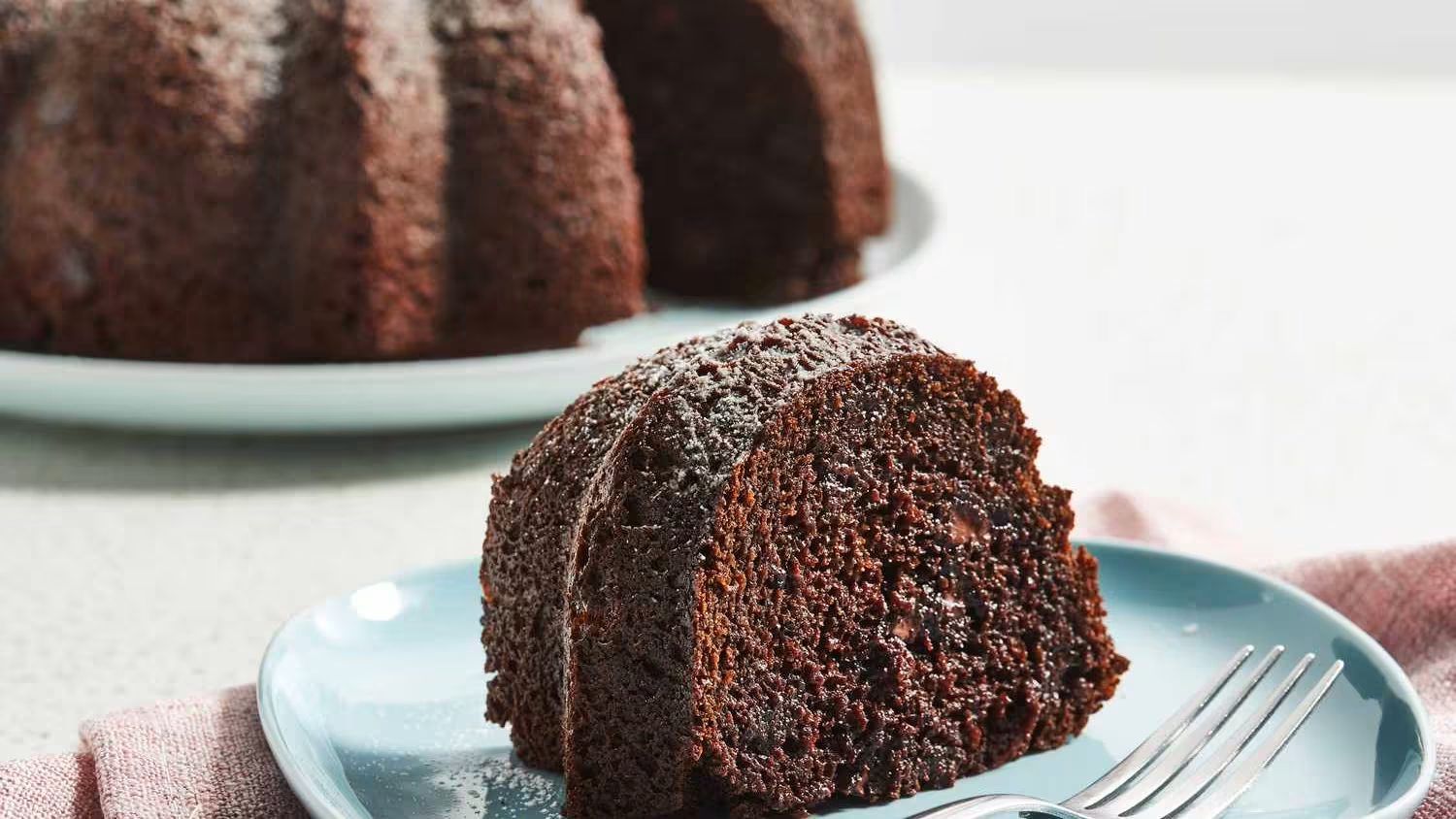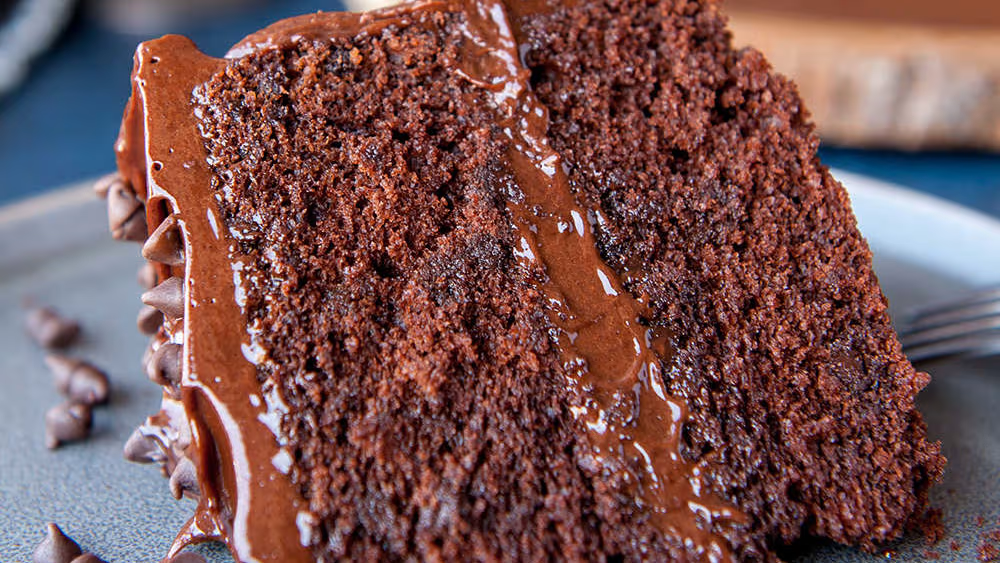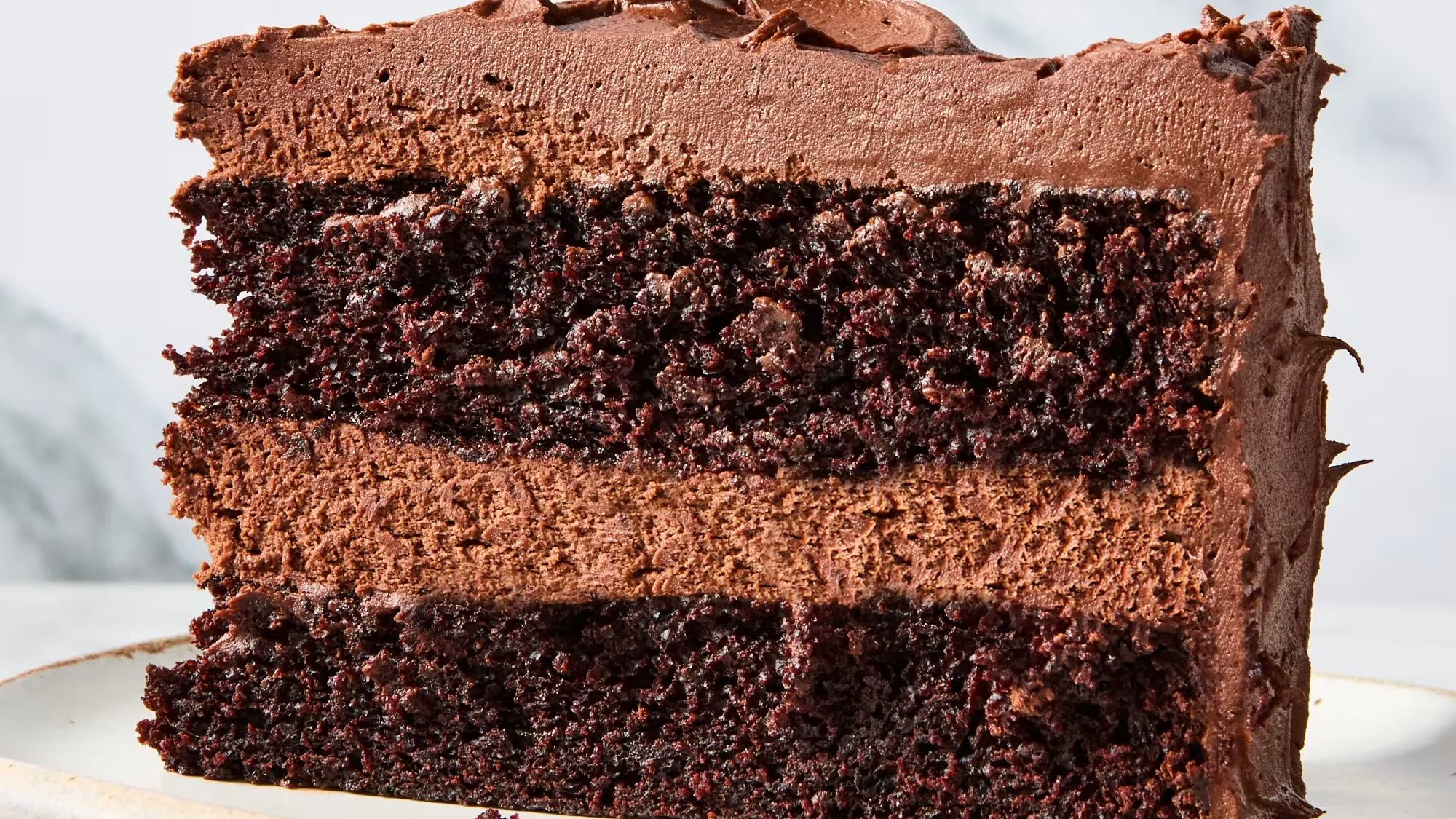
Create Your Ultimate Recipe Binder: Organize Your Culinary Masterpieces!
Written by Jessica Lopez
Published at 23-09-2023
Edited on 04/07/2025 | 03:29 PM
Baked-Goods RecipesCourse: Main Course
Cuisine: Italian
Difficulty: Easy
Servings
4 servings
Prep Time
15 minutes
Cooking Time
20 minutes
Total Time
35 minutes
Fat
12g
Protein
20g
Carbs
30g
Calories
350 kcal
Are you tired of rummaging through scattered recipe cards, bookmarks, and crumpled printouts? It’s time to bring some order to your culinary chaos with a recipe binder! A recipe binder isn’t just a storage solution; it’s a creative way to curate your favorite dishes, experiment with new flavors, and preserve family traditions. Whether you’re a seasoned chef or a home cook just starting your culinary journey, a recipe binder can transform your cooking experience. Imagine flipping through the pages of your personalized recipe binder, filled with vibrant meals that spark joy and inspire creativity. You can organize your recipes by categories—appetizers, main courses, desserts, and more—making it easier to find exactly what you need when you need it.
Not only does a recipe binder keep your recipes tidy, but it also provides a space to jot down notes, modifications, or even family anecdotes related to each dish. Creating a recipe binder is a fun and rewarding project that allows you to express your style. Choose a binder that reflects your personality, use colorful dividers for easy navigation, and don’t forget to add some decorative touches like stickers and illustrations. By dedicating time to organize your recipes, you’ll save stress in the kitchen and uncover cherished memories associated with each meal. Ready to dive into this exciting organizing adventure? Let’s get started on crafting your ultimate recipe binder today, and unleash the culinary artist within you!.


